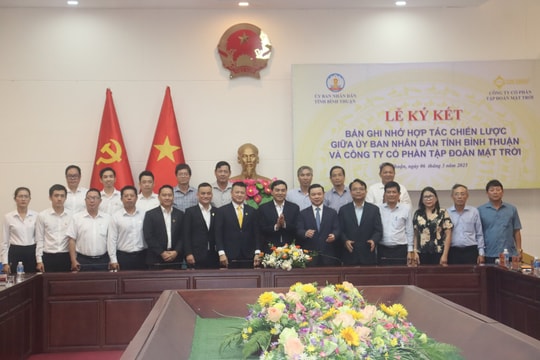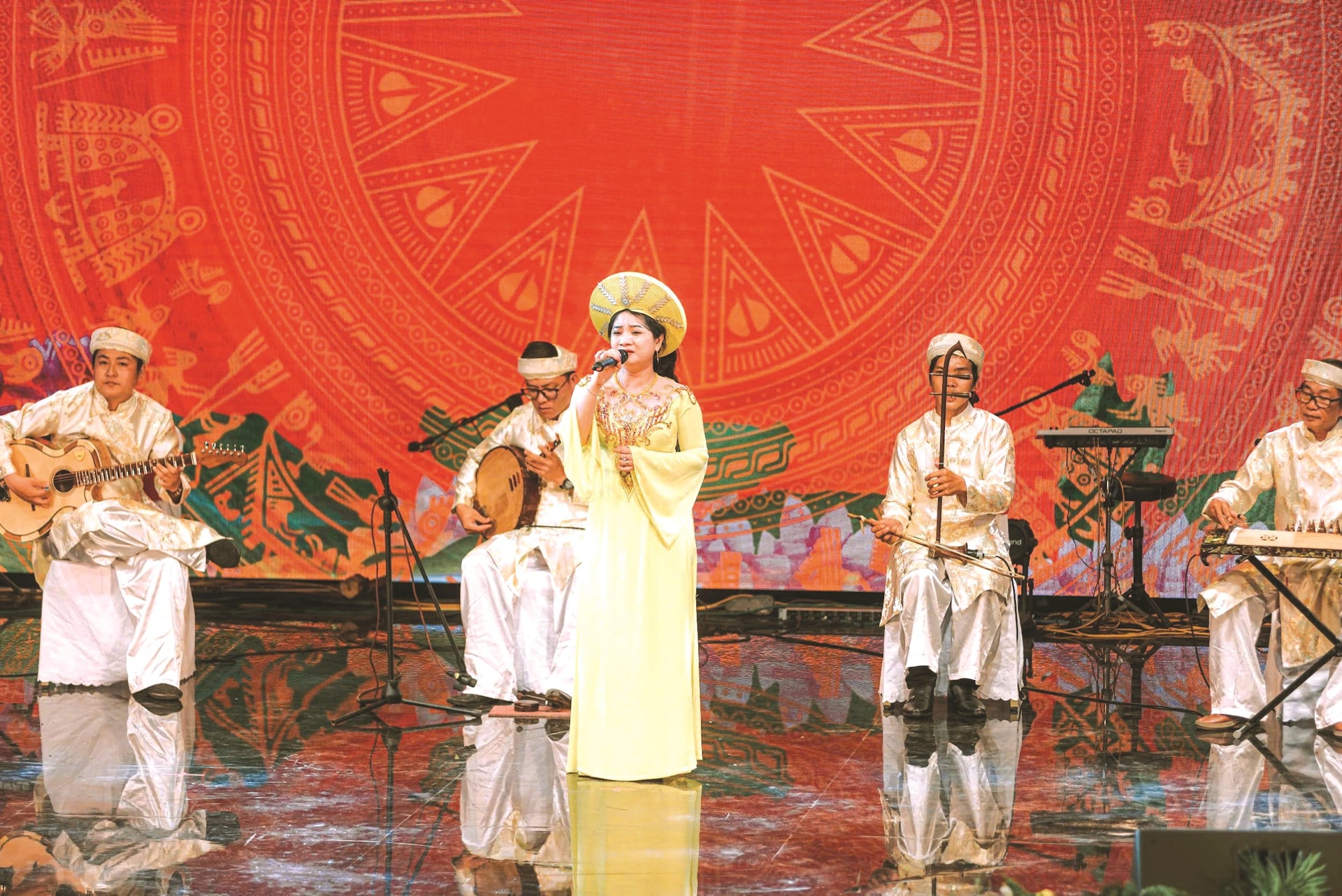
Conservation efforts posed many difficulties
In the early 1940s, Don Ca Tai Tu began to flourish in the province’s communes of Mui Ne, Phu Long, Ham Thuan, and Cho Lau. The main venues for this activity were communal houses, shrines, and temples. After the establishment and election of a temporary Executive Board in 2005, by the end of 2020, the DCTT Club of Binh Thuan province officially held its first congress for the term 2020 – 2023. In addition to the provincial Don Ca Tai Tu club, there are also spontaneous Don Ca Tai Tu groups operating in various districts, towns, and cities, with Tuy Phong, Bac Binh, and Phan Thiet City being the places with the largest number of people and Don Ca Tai Tu groups. In recent years, the Department of Culture, Sports, and Tourism has created favorable conditions to meet the demand for enjoying and creating Don Ca Tai Tu art. This is a practical action to preserve the ethnic folk art heritage, combined with educating love for the homeland through folk songs.
However, the conservation and promotion of the Don Ca Tai Tu art form in the province still face many difficulties and inadequacies. Cultural institutions are still quite poor and lacking, the venues for maintaining the Don Ca Tai Tu art form are gradually shrinking, and clubs, teams, and groups have too few opportunities to interact and perform to maintain and promote their talents. A portion of the younger generation is not interested in traditional art forms and lacks selective absorption of cultural and artistic influences from abroad.

Regarding the transmission of the craft, most of the Don Ca Tai Tu musicians learn to play in an amateur manner and have not received formal training, so the number of composers and artisans in this field is still weak in quality and lacking in quantity. Moreover, many clubs operate mainly on a "self-reliant" basis, making it very difficult to maintain activities, organize teaching, and perform regularly. There are no policies to support teaching, investment, or incentives to build a professional team to promote the Don Ca Tai Tu heritage. Currently, some clubs and a few groups operate in a "homegrown" manner, relying on their own resources. The number of artisans is decreasing due to aging and declining health, and the youth do not truly understand and are not passionate about DCTT like their predecessors. Additionally, many core artisans are elderly, making it difficult to pass on knowledge to the younger generation due to the influx of various market music forms.
Keeping on the protection and promotion of Don Ca Tai Tu
In 2015, the provincial People's Committee approved the Project for the Conservation and Promotion of the Value of Southern Vietnamese Don Ca Tai Tu Art in Binh Thuan province. Since then, the provincial budget has invested annually to preserve and promote the value of Don Ca Tai Tu art in Binh Thuan province. To effectively preserve and promote this intangible cultural heritage, it is necessary to have investment policies for tangible aspects, including investment in people, facilities, equipment, and operational funding, to enhance community creativity and produce new cultural values serving the cause of building and protecting the homeland in the new era. Additionally, it is essential to strengthen propaganda and education to raise awareness among the people, especially the younger generation, about the preservation and promotion of Don Ca Tai Tu art as an intangible cultural heritage of humanity.
In addition, it is necessary to develop diverse cultural forms linked to the movement "The whole people unite to build a cultural life" in communes, wards, and towns is a space for artisans and clubs to interact through Don Ca Tai Tu competitions or integrate into traditional cultural festivals. Meanwhile, it should bring the preservation and promotion of Don Ca Tai Tu art into the annual work plans of the Departments of Culture and Information in districts, towns, and cities to guide communes, wards, and towns in implementation. Otherwise, it is essential to enhance the leadership role of the provincial Cultural Center in proactively building activity plans within the Don Ca Tai Tu clubs in the province; annually organizing Don Ca Tai Tu artistic exchanges both within and outside the province to create opportunities for musicians and singers to exchange artistic experiences and organize Don Ca Tai Tu performances for the people and tourists during significant national and ethnic celebrations; closely linking the maintenance and promotion of existing activities with opening classes to guide and enhance basic knowledge about Don Ca Tai Tu art.
Of which, the task of promoting the leading role of artisans can create a widespread impact within the community, bringing traditional cultural activities to serve tourists at various tourist sites. At the same time, it can enhance socialization and diversify funding sources to support traditional cultural activities, investing in programs aimed at teaching, training, festivals, competitions, and performances of traditional culture at all levels, contributing to preserving and honoring traditional arts, gradually enhancing the value of traditional culture linked to the daily cultural activities of the local community.

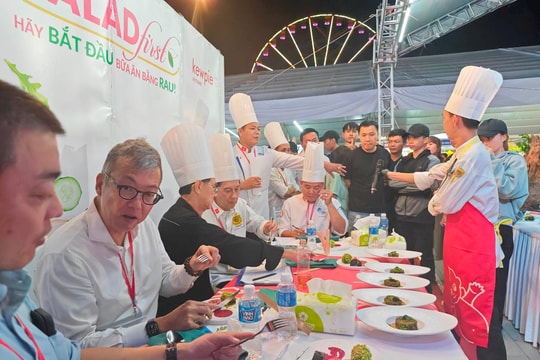
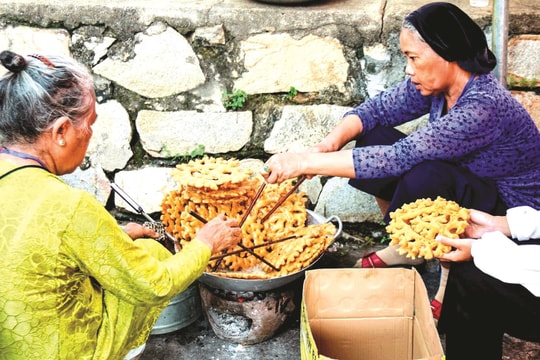
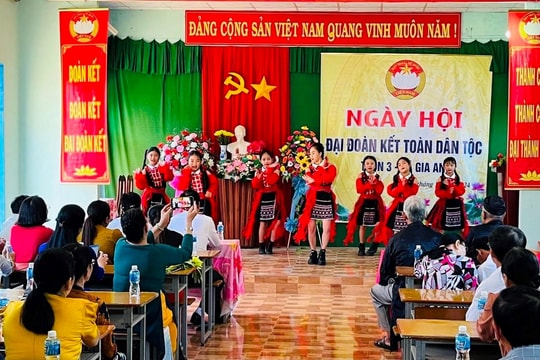


.jpg)
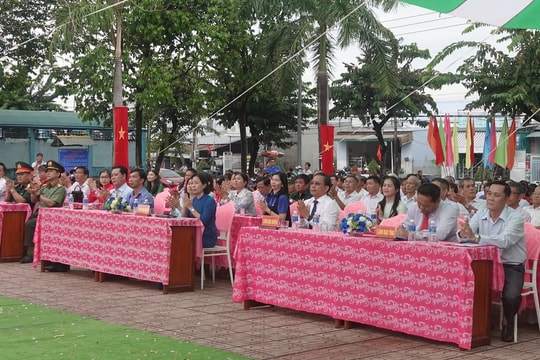













.jpeg)

.jpeg)


.jpeg)


